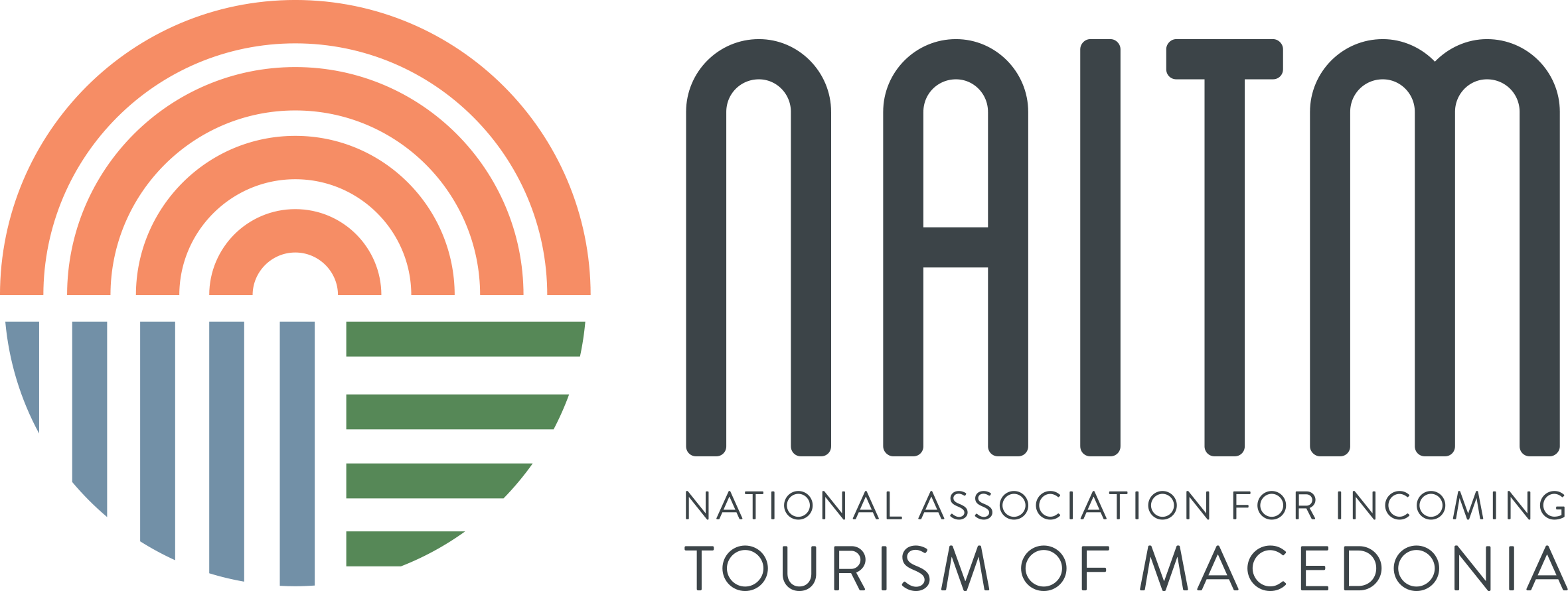History: during the first millenium BC the area was inhabited by the Illyrians. With the Romans (168 BC) the region was divided into Dalmatia and Upper and Lower Pannonia, which covered much of the current northern Croatia. The Romans founded the cities of Jadera (Zadar), Parentium (Poreč), Polensium (Pula) and Spalato (Split). Dalmatia was the birthplace of the Roman Emperors Diocletian and Theodosius. When the Roman Empire was divided into the Western and Eastern Empires, the territories of the current Slovenia, Croatia and Bosnia and Hercegovina belonged to the Western Roman Empire, while present-day Serbia, Kosovo and Macedonia were a part of the Byzantine Empire. During the VII century the Slav tribes had begun to settle in Pannonia and Dalmatia. The Christianisation of the Croat rulers encouraged cultural ties with Rome that recognised King Tomislav as King of Pannonia and Dalmatia in the X century. At the end of the XI century Hungary’s King Ladislav invaded Pannonia, while Dalmatia remained under Byzantine control. During the following years the Dalmatian cities warred with each other and Venice again took advantage of the confusion to conquer the coastline from Zadar to Dubrovnik (XV century). The cities in the interior fell one after another to the Turkish troops and only a small area around Zagreb, Karlovac and Varaždin remained under Habsburg control. The Adriatic coast was threatened by the Turks but never captured. With the Treaty of Sremski Karlovci (1699), the Turks renounced all claims on Croatia. At the beginning of the XIX century, Dalmatia was occupied by the Austrians and then by Napoleon. After the revolution of 1848, Croatia and Slavonia were placed under Hungarian administration, while Dalmatia remained under Austrian control. At the end of WWI the Kingdom of the Serbs, Croats and Slovenes was established. In the postwar period Croatia became one of six republics of the Yugoslav Federation. The months following Croatia’s declaration of independence (June 1991) were characterized by heavy clashes between the Croatians and Serbians troops which led to the Yugoslav Wars. The Dayton Accord (1995) recognised Croatia’s traditional borders and provided for the return of Eastern Slavonia.



